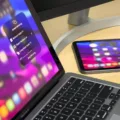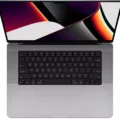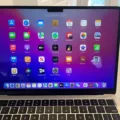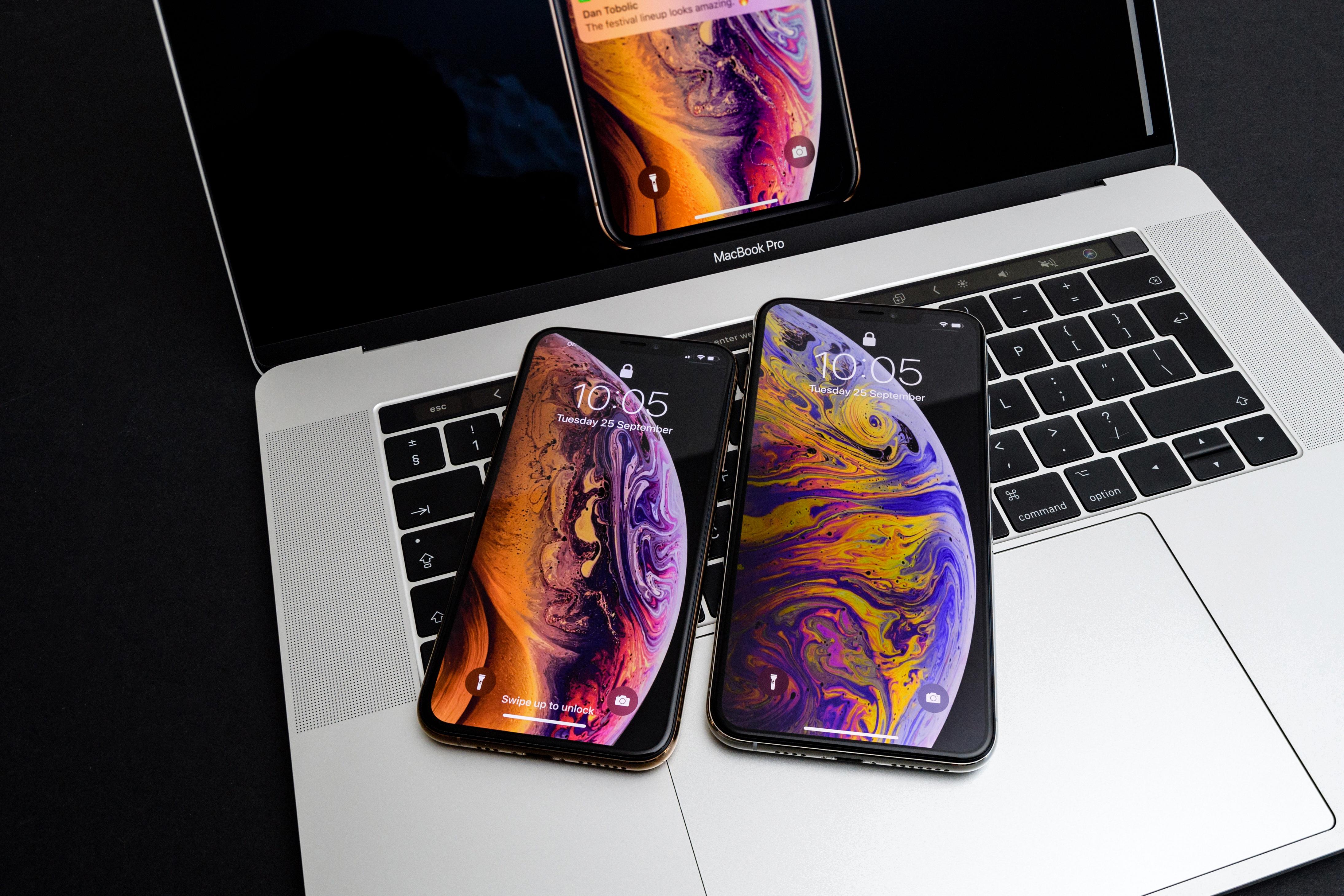Are you experiencing diminished battery life on your MacBook and wondering if a battery reset is necessary? If so, you’ve come to the right place. A battery reset can help restore your battery’s performance and help it last longer. In this blog post, we’ll explain how to do a battery reset on your MacBook and what other steps you can take to maximize its performance.
First of all, it’s important to note that a battery reset does not alwys work. Some batteries are simply too far gone and may require replacement in order for the laptop to operate optimally again. However, if your battery is still working relatively well, a reset may be all that’s needed to bring it back up to speed.
To begin the process of resetting your MacBook’s battery, you need to first shut down the computer. Then unplug the power adapter from both the wall outlet and your laptop. Next, remove the battery from its compartment in the bottom of the computer (if necessary). Once this is done, press and hold down the power button for several seconds before releasing it. Finally, reattach the battery and plug in the power adapter before turning on your laptop again.
It’s also important to note that once you’ve done a full reset of your MacBook’s Battery, you still need to take additional steps in order to ensure its longevity. To begin with, charge your laptop fully until it reaches 100%. Then leave it plugged into its power source for two additional hours before unplugging it again and draining it completely by using your laptop until it dies. After this has been done once or twice (or more), you should see an improvement in how long each charge lasts over time.
Finally, there are some additional settings that can be adjusted within System Preferences > Energy Saver that can also help improve how long each charge lasts on your MacBook Pro. Here we suggest setting ‘Computer Sleep’ and ‘Display Sleep’ options at their lowest possible value as well as enabling Power Nap Mode whch will allow background tasks such as software downloads or iCloud syncing even when the Mac is asleep or off but still connected to power via AC adapter or USB-C port with charging capabilities enabled.
We hope this blog post has given you some insight into whether or not a battery reset is necessary for your MacBook Pro as well as some tips on how best to maximize its performance once done so!
Resetting a MacBook Pro Battery
To reset your MacBook Pro battery, first shut down your laptop and unplug it from any power source. Then press and hold the Shift-Control-Option keys on the left side of the keyboard wile pressing the power button. Release all the keys, then press the power button again to turn on your Mac. This will reset your battery and can help restore battery life if it has been draining quickly or not charging properly. Make sure to keep your laptop plugged into a power source for at least 30 minutes after resetting it for best results.
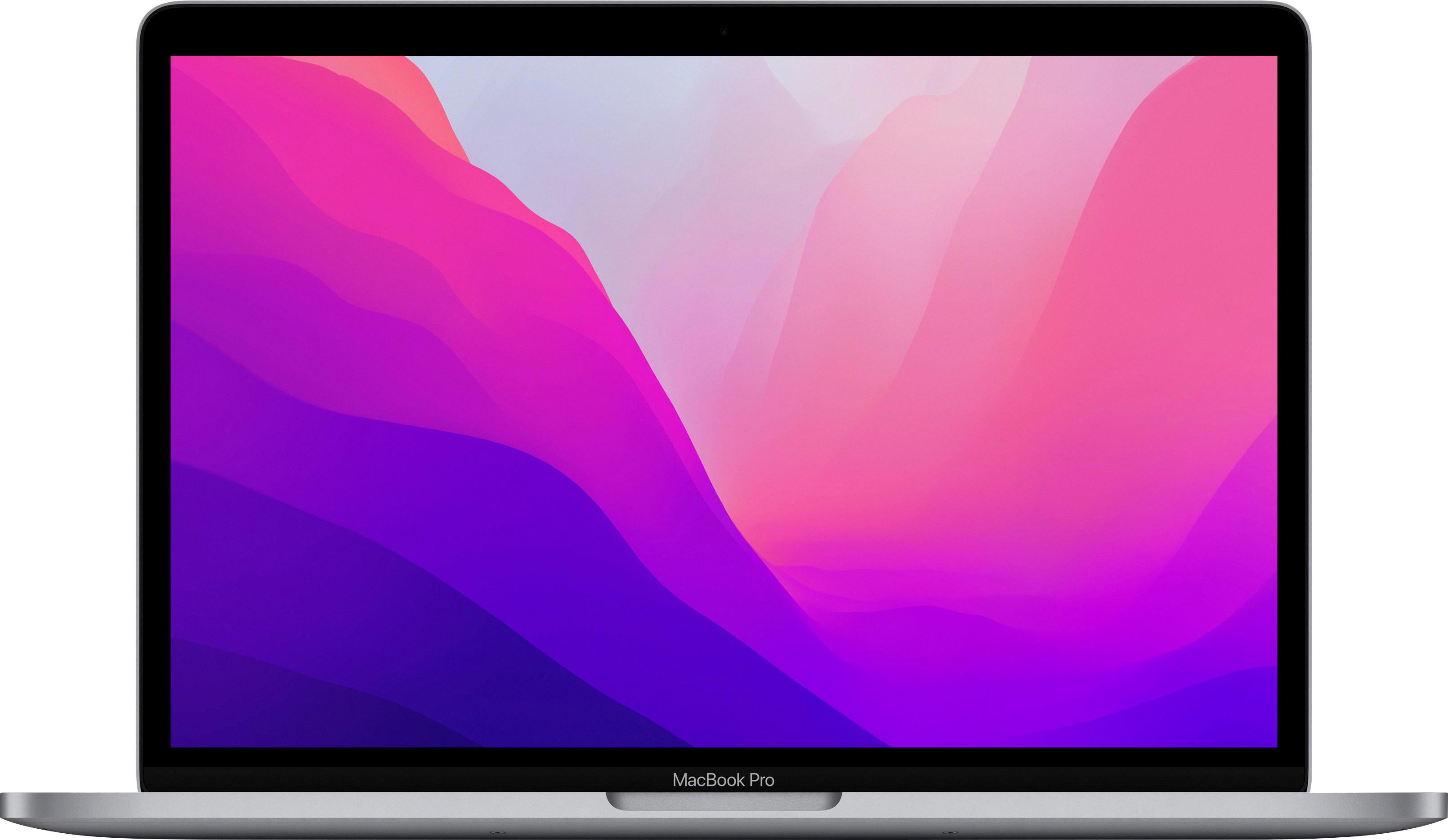
Source: bestbuy.com
Resetting Mac Battery Calibration
Resetting your Mac battery calibration is a simple process that can help improve the accuracy of your device’s battery life. Here’s how to do it:
1. Make sure your Mac is turned off and then plug in the power adapter.
2. Hold down the Shift + Control + Option keys and the Power button at the same time for 10 seconds.
3. Release all four buttons at once and then press the Power button to turn on your Mac.
4. Once your Mac has restarted, go to System Preferences > Energy Saver and uncheck the “Enable Power Nap” checkbox if it is checked.
5. Plug in your power adapter again and let your Mac charge up until it reaches 100%.
6. Unplug the power adapter and let your Mac run until it goes into sleep mode or shuts off due to battery depletion, whichver comes first.
7. Turn on your Mac again by pressing the power button, plug in your power adapter, and let it charge up until it reaches 100%.
8. Your Mac will now recalibrate its battery life estimate with more accurate information than before!
Resetting a MacBook Pro Battery That Is Not Charging
To reset your MacBook Pro battery not charging, you’ll need to first shut down your MacBook. Unplug the charger from your MacBook and then remove the battery. Press and hold the power button for a few seconds, then reattach your battery and plug the charger back in. Finally, press the power button to turn it back on again. This sould reset your battery’s charging status and hopefully get it working correctly again.
Forcing a Mac Battery to Charge
To force your Mac battery to charge, you will need to open the System Preferences. From the Apple menu, select System Preferences and click on the Battery icon. On the sidebar, click Battery and uncheck the Optimized battery charging checkbox. This will force your MacBook’s battery to fully charge. It is important to note that this feature is designed to help prolong the lifespan of your Mac’s battery, so it may be best not to force it to charge unless absolutely necessary.
Do MacBook Batteries Require Calibration?
Yes, MacBook batteries do need to be calibrated. Calibrating your MacBook battery regularly helps the system get an accurate reading of your battery’s charge level and health. To calibrate your battery, you’ll need to fully charge it and then let it run down completely untl the system goes into sleep mode or shuts down. After this is done, you should plug in the charger and allow the battery to fully recharge again. This process should be repeated at least once every month or two for optimal results.
Identifying Factors Contributing to Poor Mac Battery Life
The first thing to do when you suspect an app is draining your Mac battery is to view which apps are using the most energy. To do this, simply click the battery icon in the menu bar at the top of your screen. In the drop-down menu, scroll down to Using Significant Energy and check which apps are listed. From there, you can determine if any of these apps are causing your Mac’s battery to drain quickly and take steps to reduce their energy usage. Additionally, be sure to keep your Mac’s system up-to-date with the latest software updates as they often cotain fixes for bad battery drain issues.
Does Leaving a Mac on Charge Affect Battery Health?
No, leaving your Mac on charge does not damage the battery. In fact, lithium-ion batteries, like the ones found in Macs, are designed to be recharged frequently and can handle hundreds of cycles without losing capacity. However, if you leave it plugged in all the time and don’t use it very often, you may eventually reduce its maximum charging capacity over time. It’s alwys best to unplug your Mac when it’s fully charged in order to preserve its battery life and health.
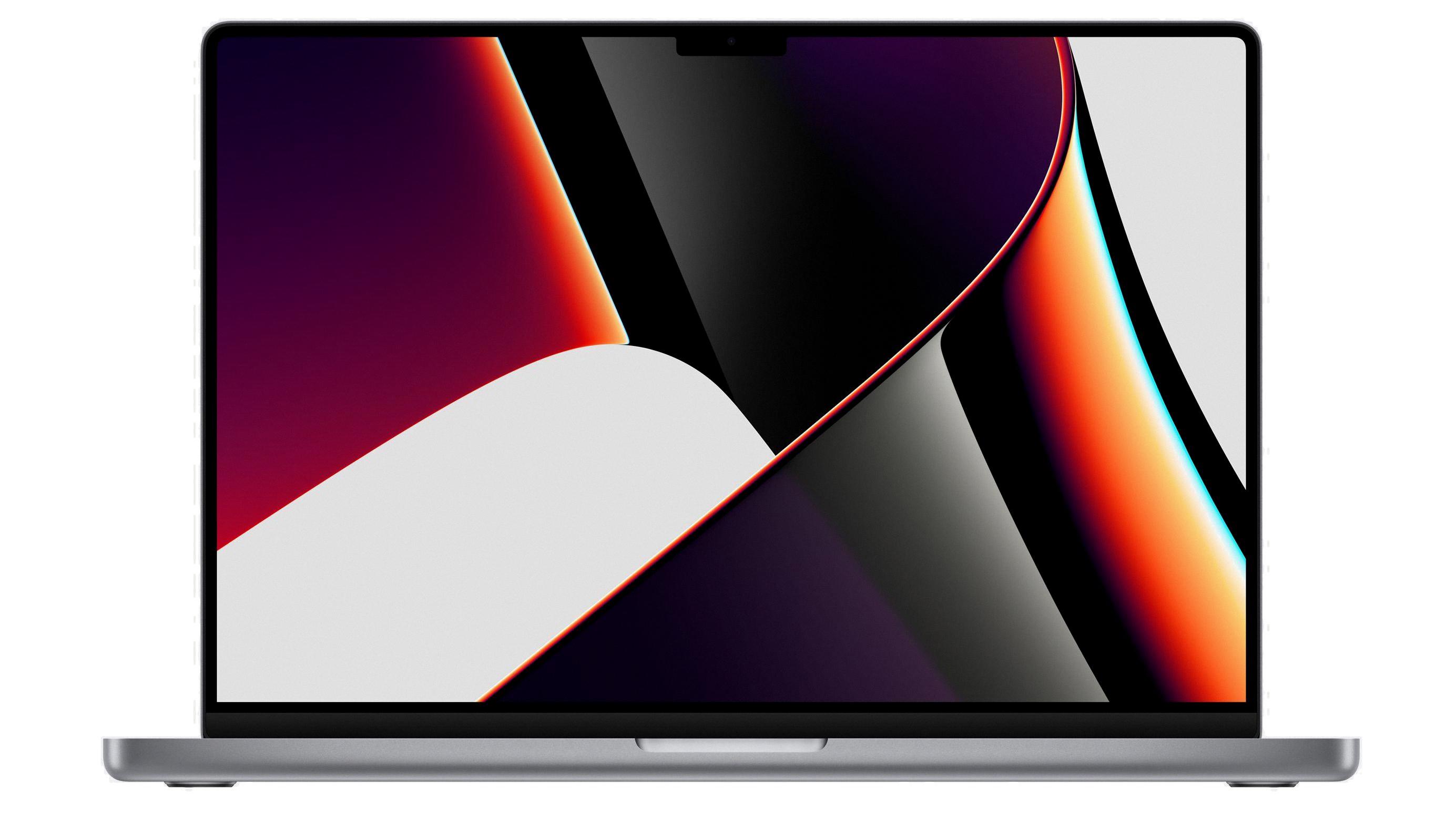
Source: macrumors.com
Does a Factory Reset Improve Battery Performance?
No, a factory reset does not calibrate your battery. While the reset may temporarily improve battery life in some cases, it is not the same as recalibrating your batterystats. Recalibrating your batterystats requires deleting the batterystats file when your device is fully charged, whih is only possible for rooted devices. A factory reset simply clears all data and settings on the device, and will not have any effect on the calibration of your batterystats.
Troubleshooting a Mac That Is Plugged In But Not Charging
There coud be a few reasons why your Mac is plugged in but not charging. First, check the power outlet to make sure that it is providing power. If the power outlet works, connect your USB-C power adapter and try to charge your Mac. If your Mac still won’t charge, try shutting down your Mac and closing the display for 30 seconds before opening the display again and trying to charge your Mac again. If you’re not using a Mac with Apple silicon, resetting the SMC may help resolve the issue. Additionally, if you have an older model of Mac, the battery may need to be replaced as it may no longer hold a charge.
Performing an SMC Reset on a Mac
In order to reset the System Management Controller (SMC) on Mac notebooks with non-removable batteries, you’ll need to make sure your Mac is completely shut down. Once it’s powered off, press and hold down Shift, Control, and Option on the left side of the keyboard. At the same time, press and hold the power button for 10 seconds. Release all keys and then turn your Mac back on. This shoud reset the SMC on your device.
Troubleshooting MacBook Battery Charging Issues
It could be due to several reasons. First, it could be because your computer is trying to preserve the life of your battery by temporarily pausing the charging process. This means that your battery may need to drain to 93% or lower befre charging will begin again. Secondly, depending on the model of your Mac, you may have battery health features enabled which prevent charging from occurring until certain conditions are met. To turn off these features, you can try adjusting settings in the Battery settings menu. Finally, if none of these explain why your MacBook’s battery isn’t charging, it could be due to a faulty charger or port, or your battery may need to be replaced.
Conclusion
In conclusion, resetting a MacBook’s battery is a relatively simple process and should be done periodically to maintain optimal battery performance. To reset the battery, you must first shut down the laptop, unplug it from the charger, remove the battery, press the power button for a few seconds, reattach the battery and plug in the charger. Finally, press the power button again to turn on your MacBook. Following these steps will help ensure that your MacBook’s battery stays healthy and performs at its peak capacity.

